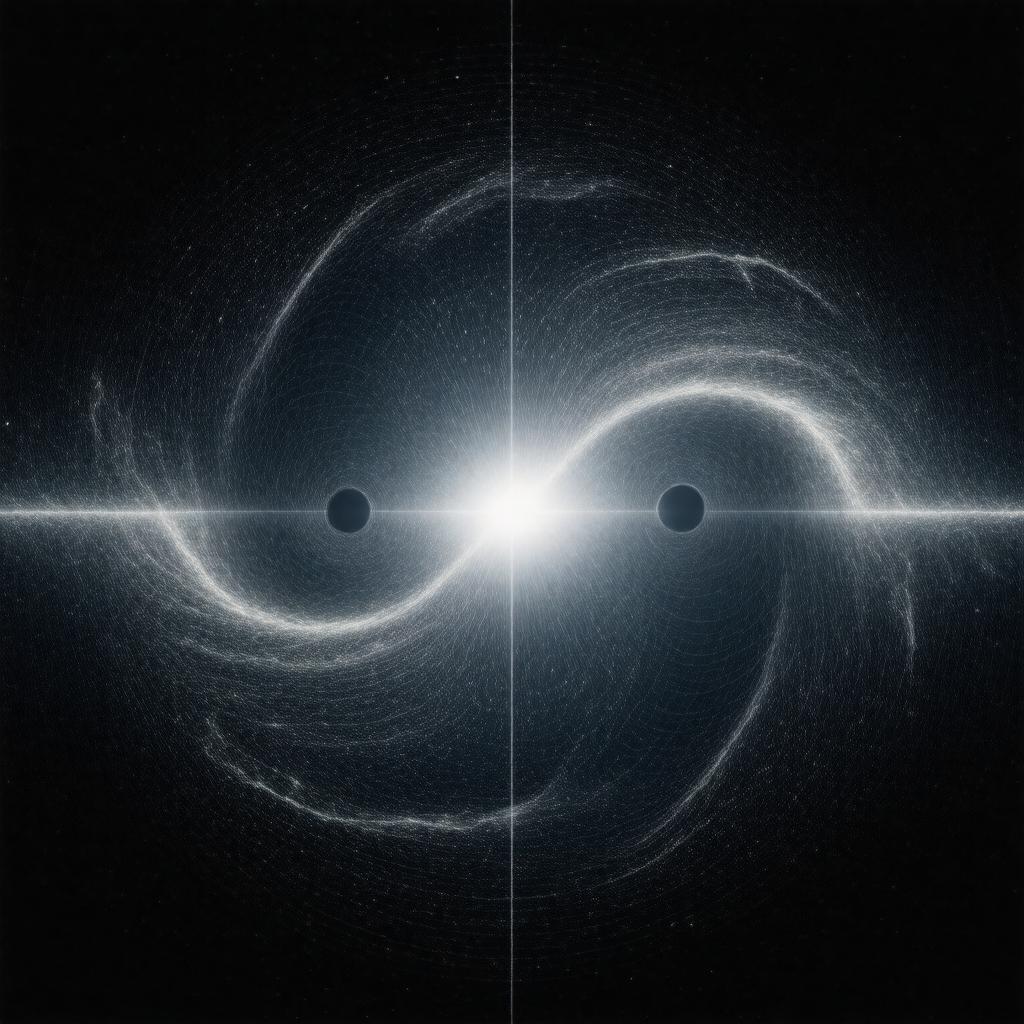Prompt
"Generate an image representing the gravitational wave event GW150914, a binary black hole merger, with a stylized visualization of ripples in space-time, set against a dark background with a subtle depiction of the constellation Reticulum, with two swirling black holes in the foreground, and a distant, stylized representation of Earth, highlighting the 1.3 billion light-years distance, in a scientific illustration style."

